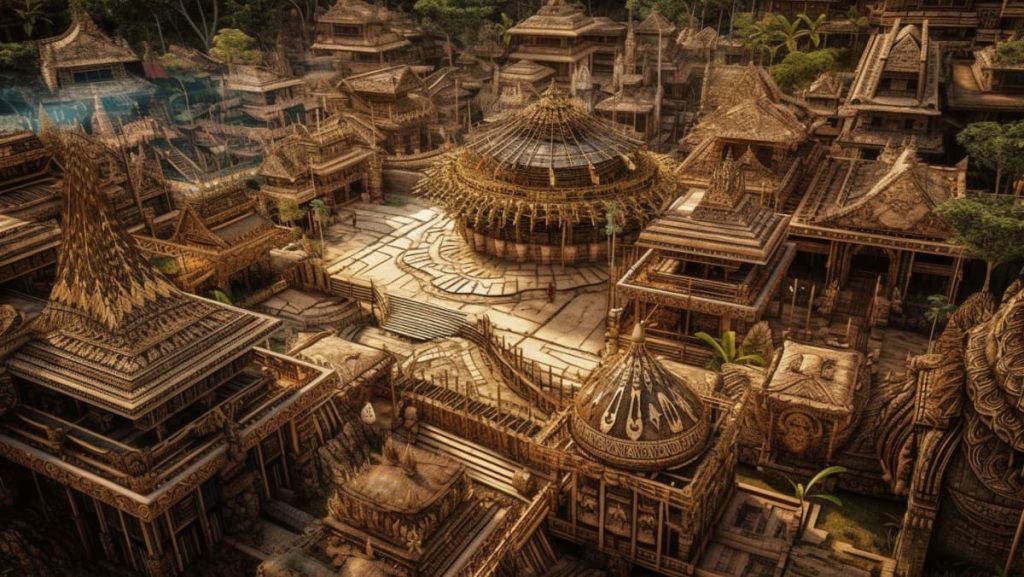Artificial Intelligence (AI) is revolutionizing the art world, both in traditional gallery spaces and beyond. The technology has the potential to transform artistic practices by enabling artists to create new and innovative works using AI algorithms. However, despite the excitement surrounding AI in the art world, there are legal uncertainties that could affect its growth and impact. This article explores how AI is reshaping the art landscape in Southeast Asia and what challenges and opportunities lie ahead.
In recent years, AI has been increasingly used by artists as a creative tool to push the boundaries of traditional art forms. From creating music compositions to generating visual artworks, AI algorithms can inspire artists to explore new modes of expression and experimentation. This fusion of technology and art has led to the rise of AI-generated art, sparking debate among critics and enthusiasts about the authenticity and creativity of machine-made artworks. Despite these debates, AI has undeniably opened up a new realm of possibilities for artists to explore and expand their creative horizons.
One of the key advantages of AI in the art world is its ability to analyze vast amounts of data and generate insights that can inform artistic decisions. By using AI algorithms to process information and predict trends, artists can gain valuable insights into audience preferences and market demands. This data-driven approach can help artists create more targeted and personalized artworks that resonate with their audience. Additionally, AI can assist artists in automating repetitive tasks, allowing them to focus more time and energy on the creative aspects of their work.
While AI offers numerous benefits for artists, there are also legal challenges that need to be addressed to ensure the responsible and ethical use of the technology in the art world. Issues such as copyright infringement, data privacy, and intellectual property rights have become increasingly important as AI-generated artworks become more prevalent. Artists and policymakers need to work together to establish clear guidelines and regulations that protect the rights of creators and ensure fair compensation for their work. Furthermore, ethical considerations around the use of AI in art, such as bias and discrimination in algorithmic decision-making, must be addressed to uphold the integrity and diversity of artistic expression.
Despite these challenges, AI has the potential to democratize the art world by making art more accessible and inclusive. AI-generated art has the ability to reach wider audiences and engage people who may not have had access to traditional art forms. By leveraging AI technologies, artists can create interactive and immersive art experiences that resonate with diverse audiences and inspire new forms of cultural expression. As AI continues to evolve and integrate into the art world, it is essential for artists, policymakers, and stakeholders to collaborate and navigate the legal and ethical complexities to ensure that AI remains a force for creativity and innovation.
In conclusion, AI is reshaping artistic practices in Southeast Asia and around the world, offering new opportunities for artists to explore and experiment with cutting-edge technology. While legal uncertainties may pose challenges for the growth of AI in the art world, it is essential for artists and policymakers to collaborate and address these issues to ensure the responsible and ethical use of AI in art. By harnessing the power of AI, artists can create groundbreaking works that challenge traditional norms and inspire audiences to rethink the boundaries of art and creativity. With the right support and guidance, AI has the potential to revolutionize the art world and make it more inclusive, diverse, and innovative for generations to come.


